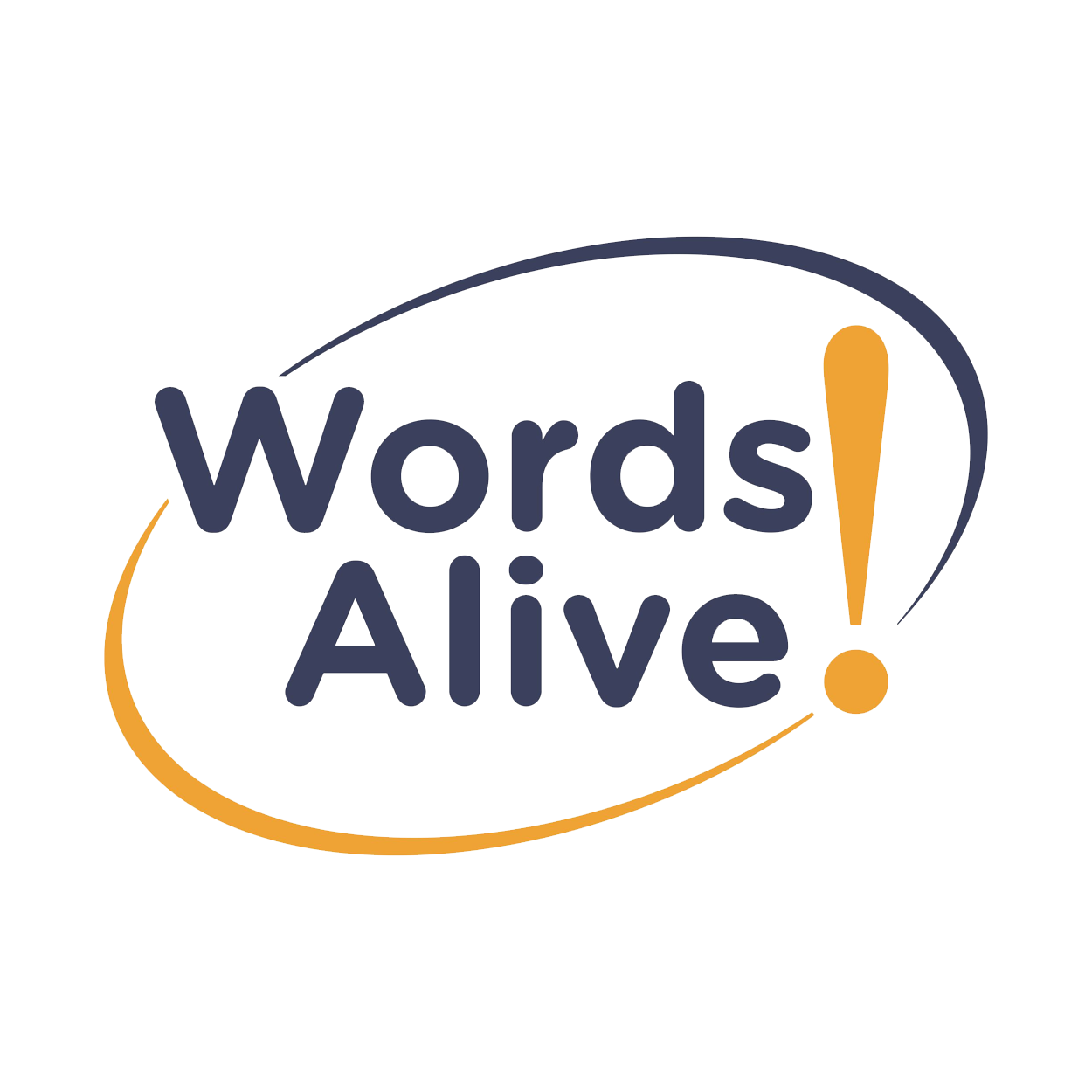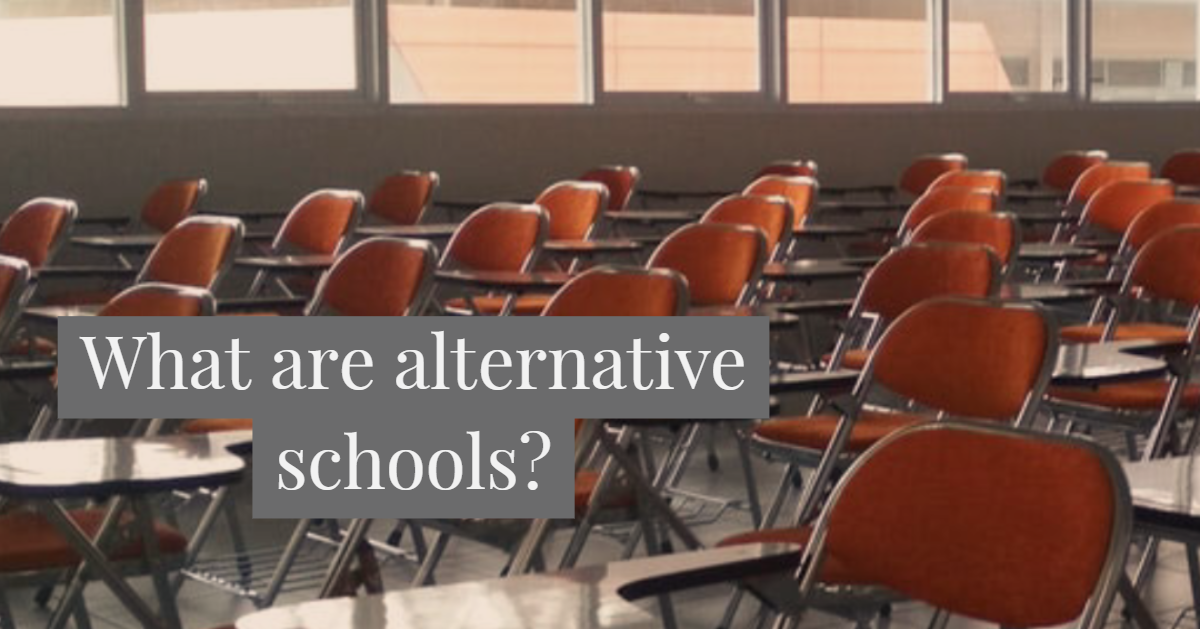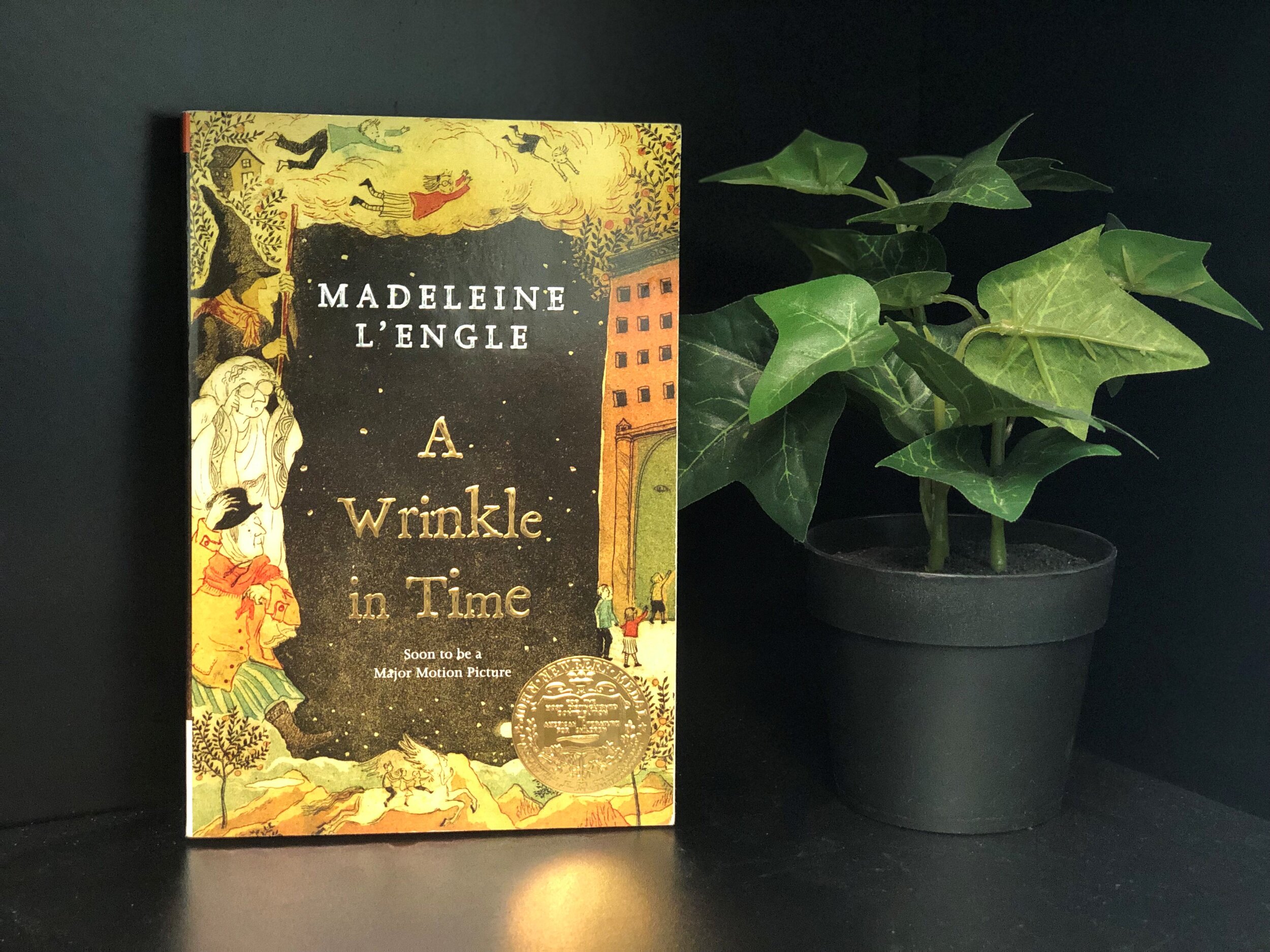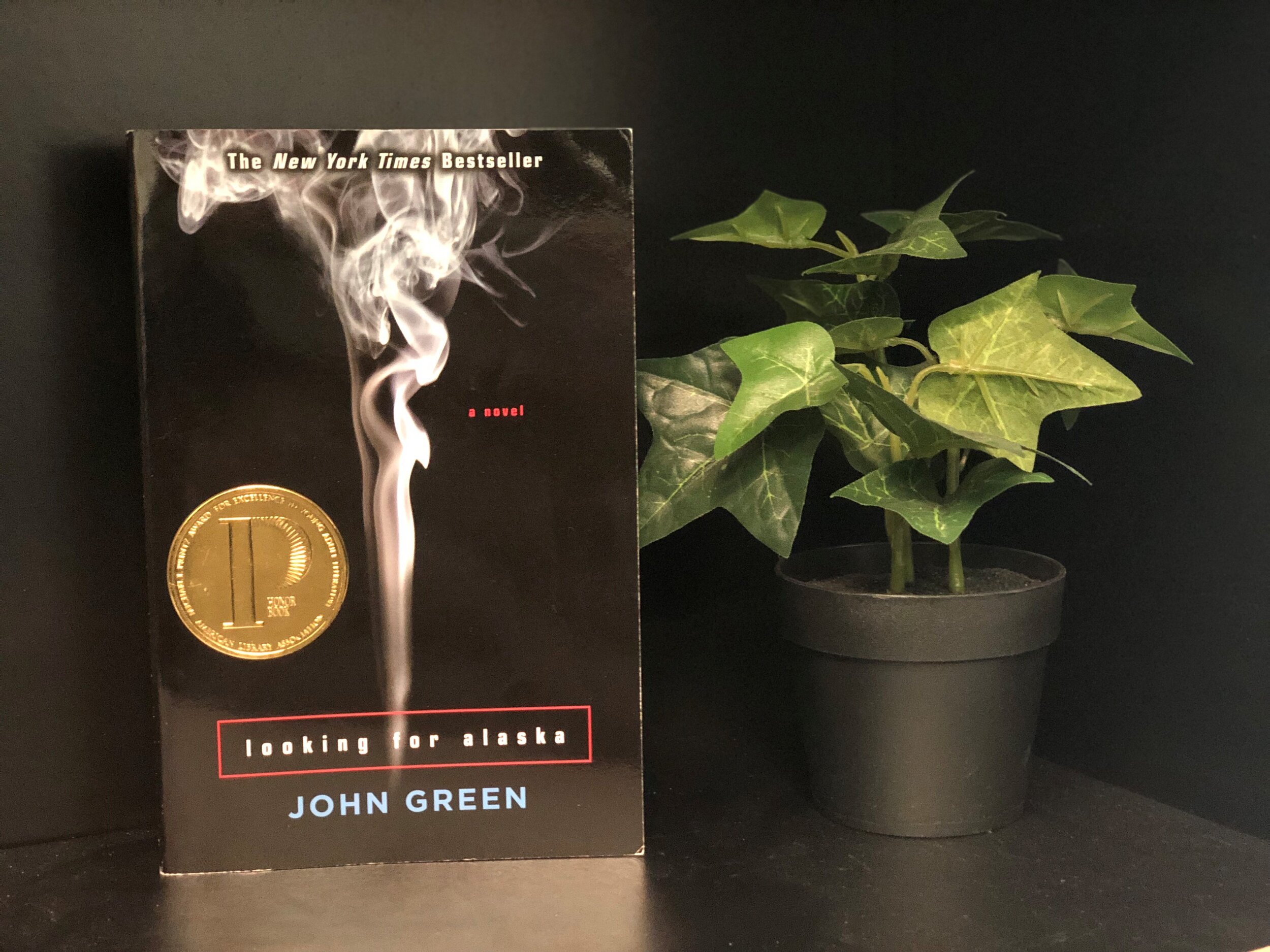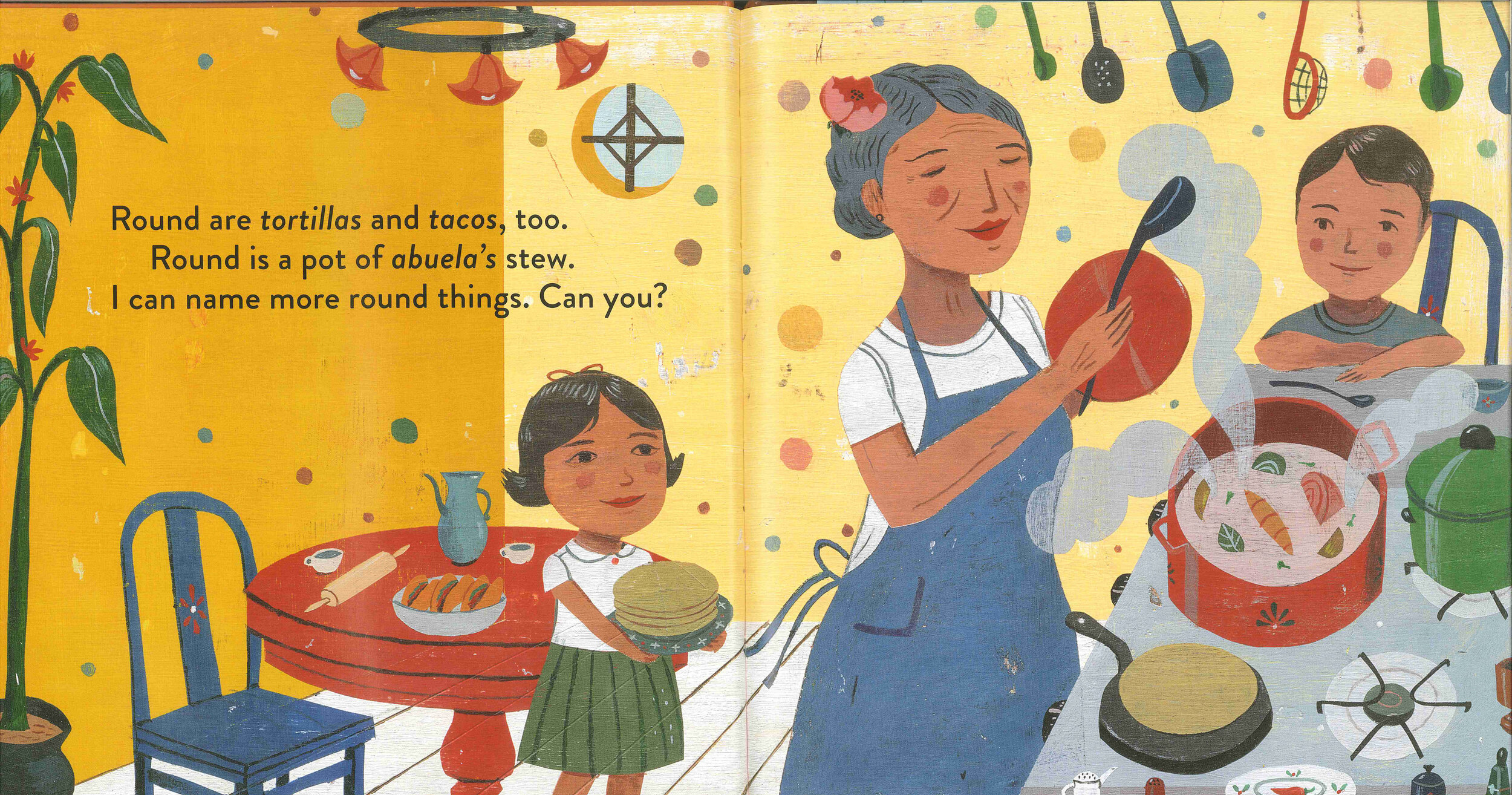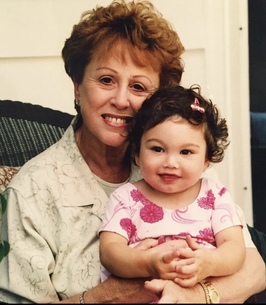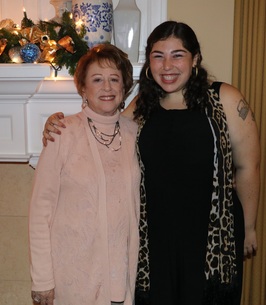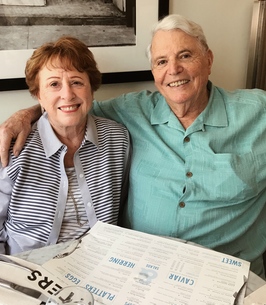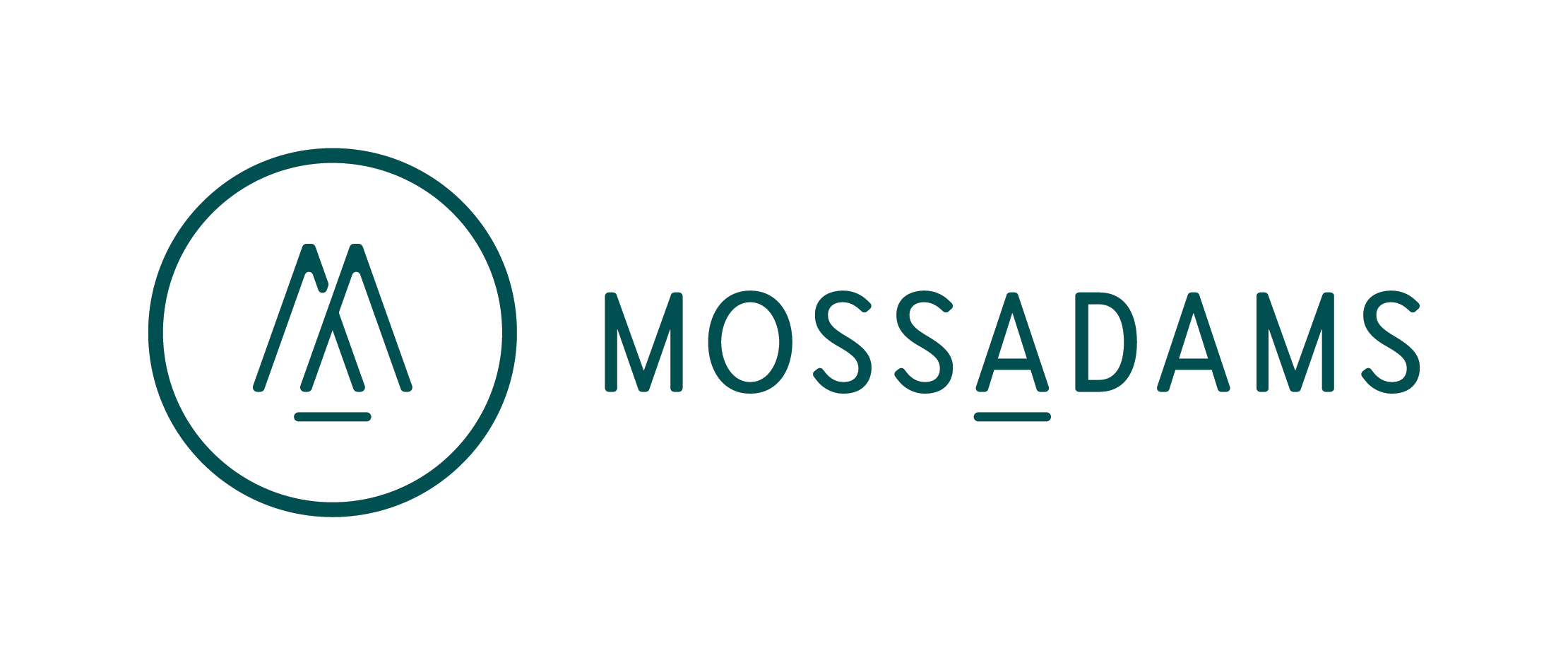By Omar Jawdat, Blog Intern
An alternative school refers to schools in which the learning experience for students attending is not the same as traditional schools. Their methods and systems satisfy different requirements, which are intended for students who have trouble learning in a traditional classroom, need extra support/guidance, have difficult life circumstances, social and behavioral difficulties, or wish to focus on specific areas of study.
Examples of Alternative Schools:
Charter schools are tuition free schools that are open to all students. They are often operated independently from the traditional school district, and provide ‘high quality instruction from teachers who have the autonomy to design a classroom that fits their students' needs. They are led by dynamic principals who have the flexibility to create a school culture that fosters student performance and parent satisfaction’.
Magnet Schools operate within public schools. They consist of free public elementary or secondary schools of choice. Magnet schools provide specialized, enhanced training and teaching for students in specific subjects of interest. These range from STEM programs (science, technology, engineering, math), to performing arts, leadership, and world language programs.
Juvenile court schools offer public education for juvenile offenders coming from regional youth facilities, camps, homes, or day centers. The purpose of juvenile court schools are to provide quality learning opportunities in order to complete a course of studies for a high school diploma/GED. Students in the state of California are required to take public education assessments such as the California High School Exit Examination and the Standardized Testing and Reporting Program. Students from the ages of 16 to 18 ‘who are not exempt from compulsory school attendance are required to continue their public education. These students are provided planning and transition services critical to a successful transfer back to a public school.’
How Is The Learning Experience Different in Alternative Schools?
Alternative schools differ from traditional schools in many ways. This can look like smaller class sizes, which allow teachers to provide more individual attention to students, which is tailored to meet specific student needs. Students in alternative schools also have access to more flexible schedules and graduation requirements. Classes could be attended at night if students have jobs or children. Flexible graduation requirements pertains to students having the opportunity to have more choices in the classes they take, instead of having to take one math, one English, and one science class, etc., in order for students to focus on a particular subject of interest to pursue in the future. In addition to academic needs, alternative schools also provide additional resources that cater to emotional, social, and mental needs of a student.
Words Alive’s Adolescent Book Group Program
Words Alive’s Adolescent Book Group Program is designed to engage teens attending alternative schools, or those facing extraordinary circumstances, by bringing books alive for students through conversation, writing, and projects. Words Alive places caring adults in the classroom to help support teens as they explore how to make connections between what they are reading and the world around them.
Sources:
blog.prepscholar.com/alternative-high-schools
www.publiccharters.org/about-charter-schools
www.waldenu.edu/programs/education/resource/what-is-a-magnet-school-and-does-it-offer-a-better-education
www.cde.ca.gov/sp/eo/jc/cefjuvenilecourt.asp
